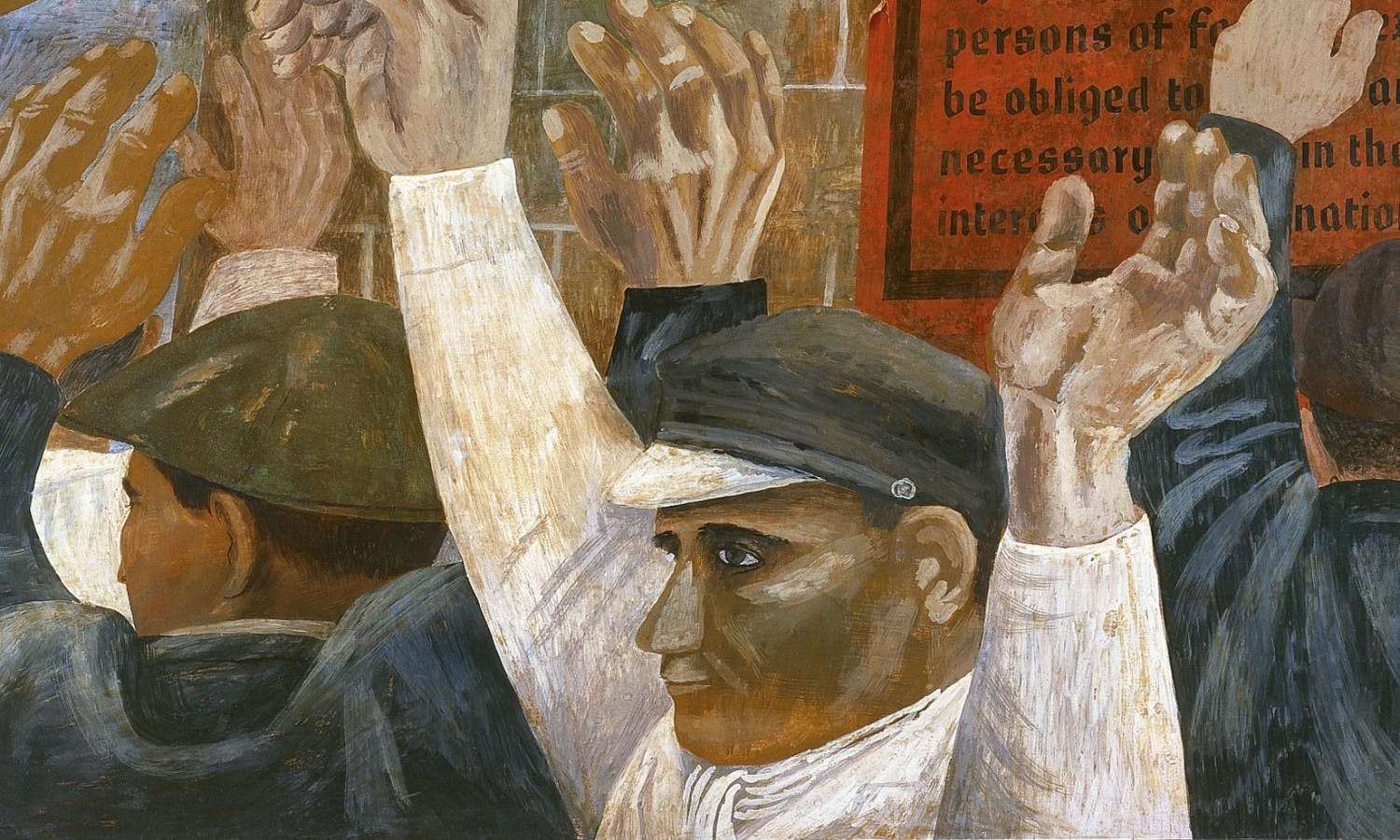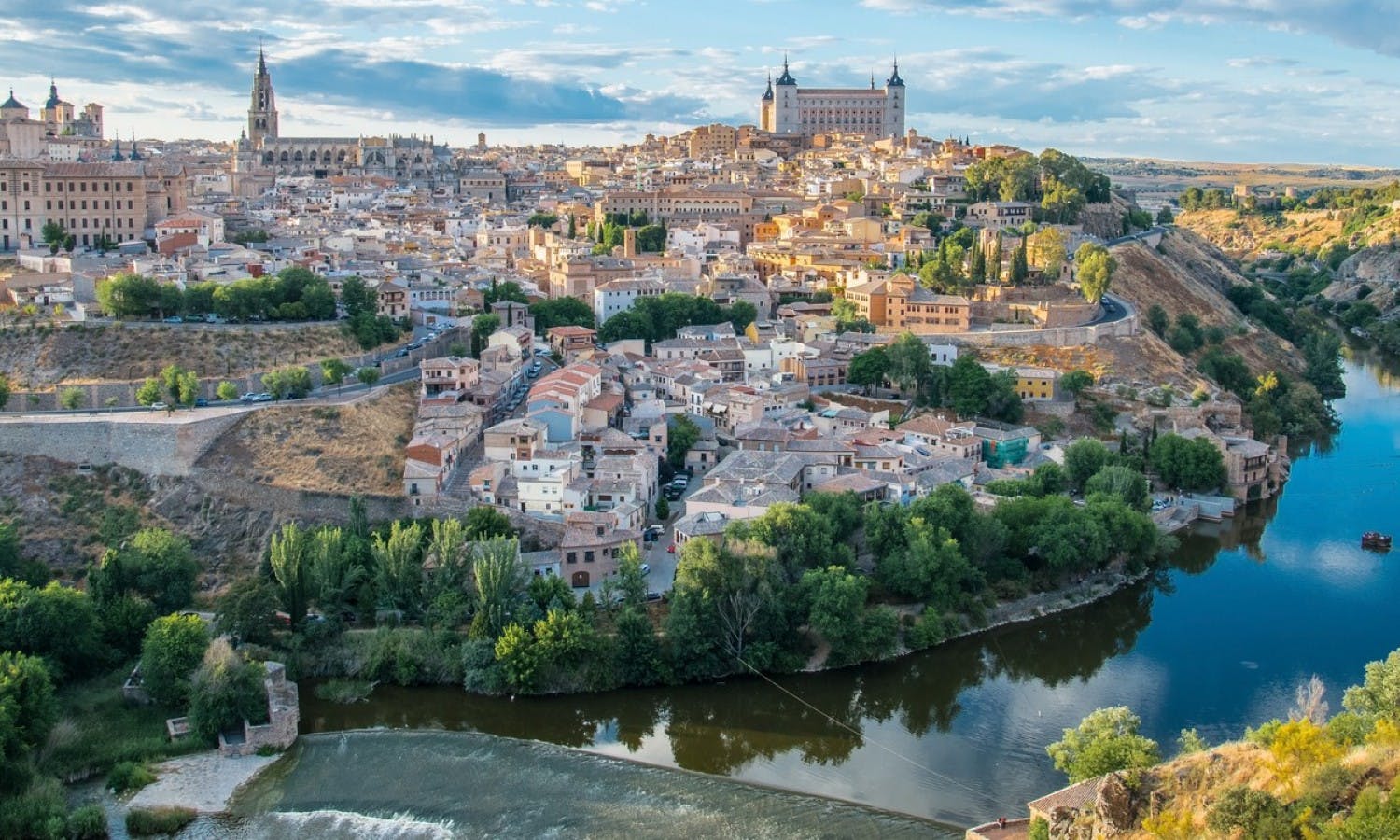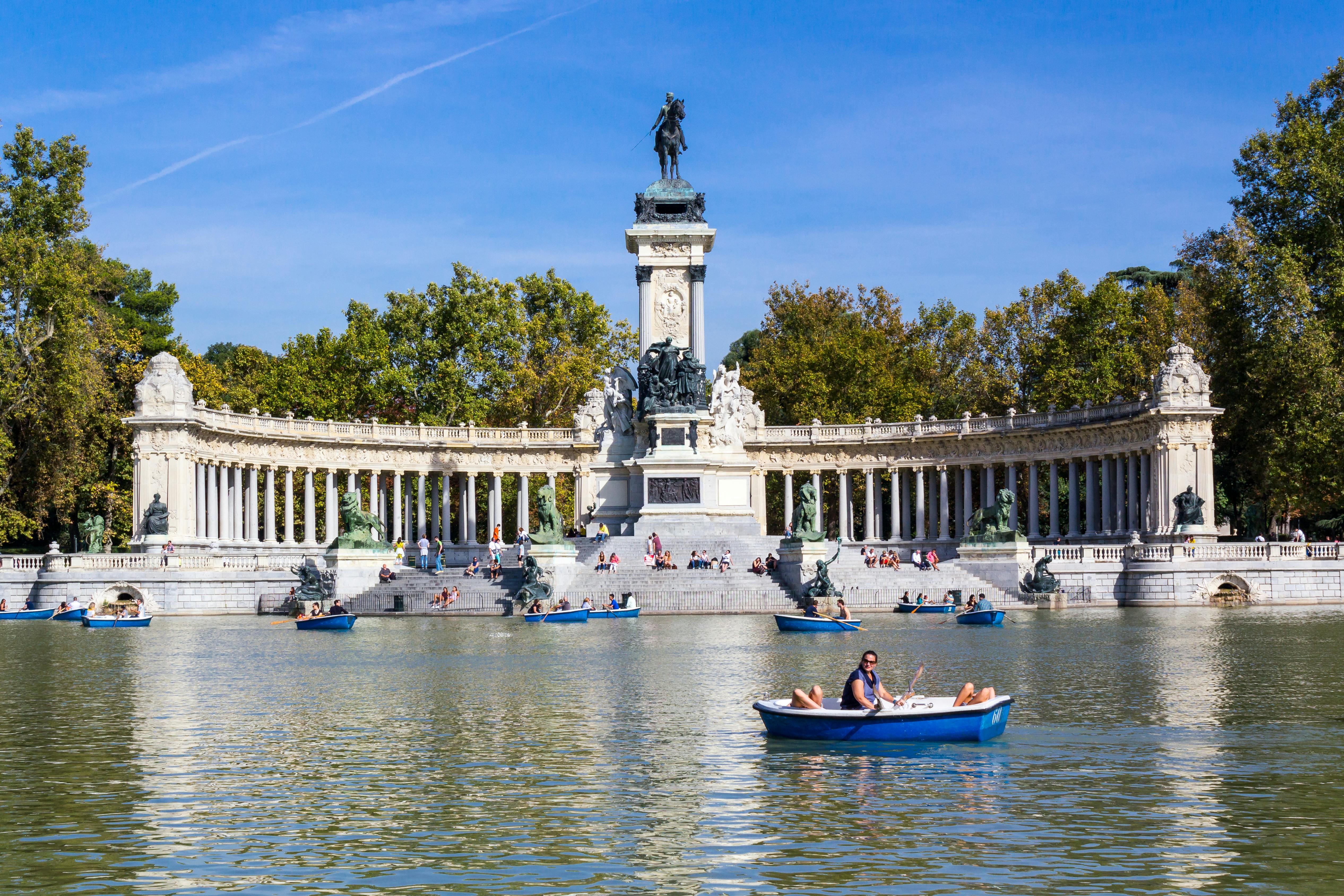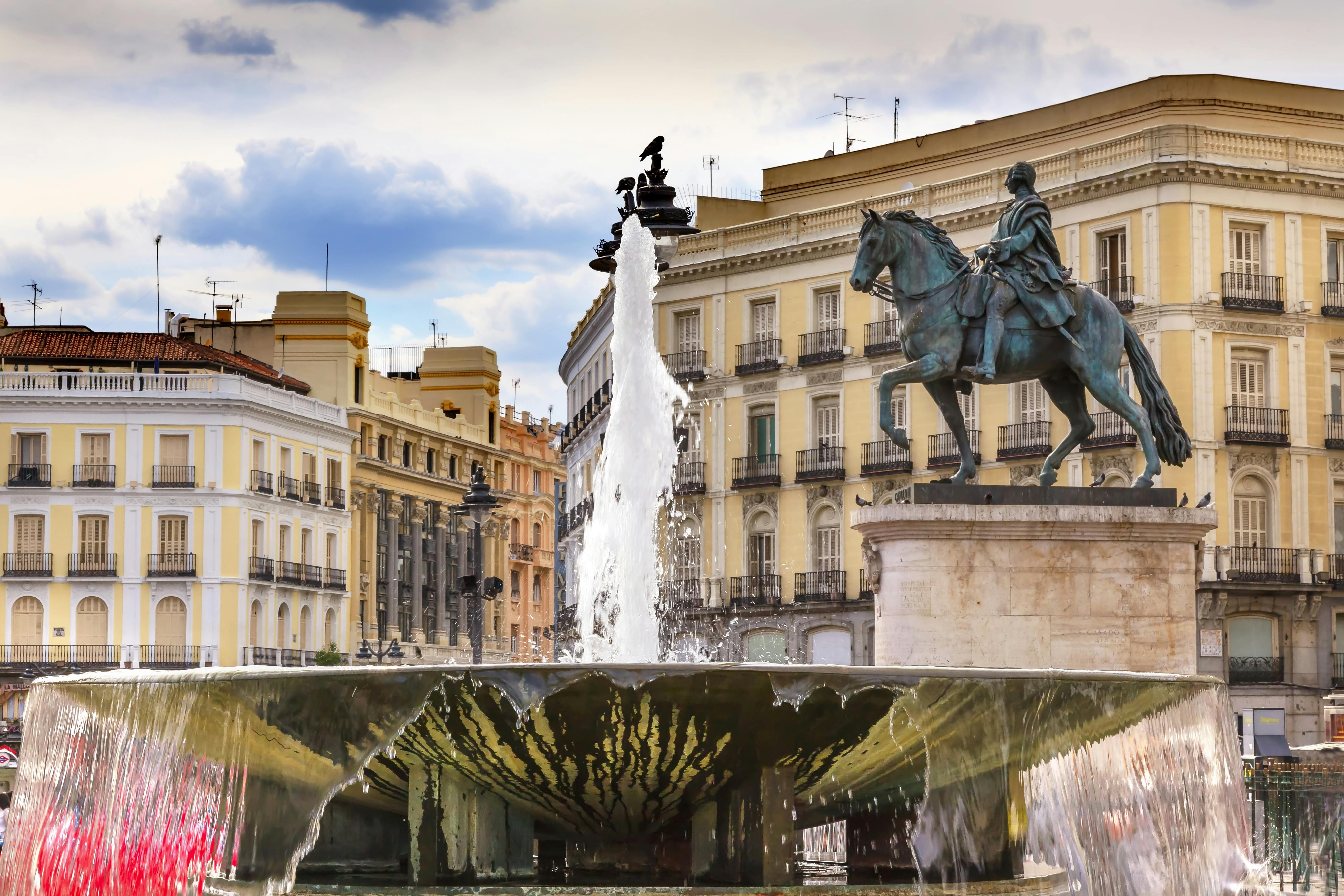 Madrid - Spain
Madrid - Spain
The Prado Museum
Read more
The Prado Museum Activities
-
 Attractions & guided toursVisita guiada en español al Museo del PradoReserva Visita guiada en español al Museo del Prado y descubre la historia del museo mientras paseas admirando las obras de arteTime : 1 hour30 minuteE-VoucherFree Cancellation1,452.88 TL 'Since the
Attractions & guided toursVisita guiada en español al Museo del PradoReserva Visita guiada en español al Museo del Prado y descubre la historia del museo mientras paseas admirando las obras de arteTime : 1 hour30 minuteE-VoucherFree Cancellation1,452.88 TL 'Since the -
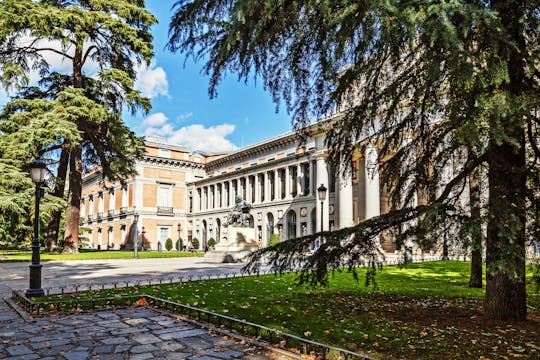 Attractions & guided toursPaseo del Arte pass for Thyssen-Bornemisza National Museum, Reina Sofía Museum and Prado MuseumGet access to the Prado Museum, Thyssen-Bornemisza National Museum, and the Reina Sofía Museum in Madrid with just one ticket. Book now!Time : variableE-VoucherFree Cancellation1,378.38 TL 'Since the
Attractions & guided toursPaseo del Arte pass for Thyssen-Bornemisza National Museum, Reina Sofía Museum and Prado MuseumGet access to the Prado Museum, Thyssen-Bornemisza National Museum, and the Reina Sofía Museum in Madrid with just one ticket. Book now!Time : variableE-VoucherFree Cancellation1,378.38 TL 'Since the -
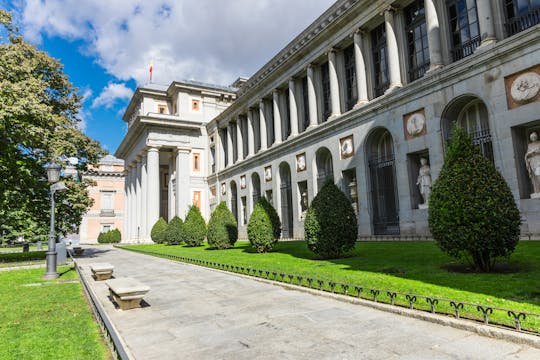 Attractions & guided toursGuided visit and tickets to Prado MuseumExperience the Prado collections with express-ticket access and the services of an expert local guide. Save time and don't miss a thing!Time : 1 hour30 minuteE-VoucherFree Cancellation1,072.90 TL 'Since the
Attractions & guided toursGuided visit and tickets to Prado MuseumExperience the Prado collections with express-ticket access and the services of an expert local guide. Save time and don't miss a thing!Time : 1 hour30 minuteE-VoucherFree Cancellation1,072.90 TL 'Since the -
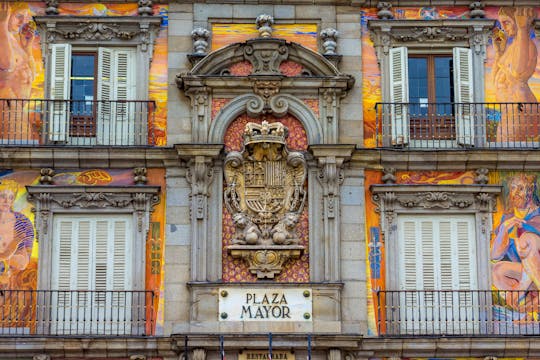 Attractions & guided toursMadrid highlights with tickets and guided tour of the Prado MuseumBuy your Madrid sightseeing tour of the Prado Museum. Get informed, plan and book your amazing activities in Madrid today.Time : 5 hour15 minuteE-VoucherFree Cancellation2,235.20 TL 'Since the
Attractions & guided toursMadrid highlights with tickets and guided tour of the Prado MuseumBuy your Madrid sightseeing tour of the Prado Museum. Get informed, plan and book your amazing activities in Madrid today.Time : 5 hour15 minuteE-VoucherFree Cancellation2,235.20 TL 'Since the -
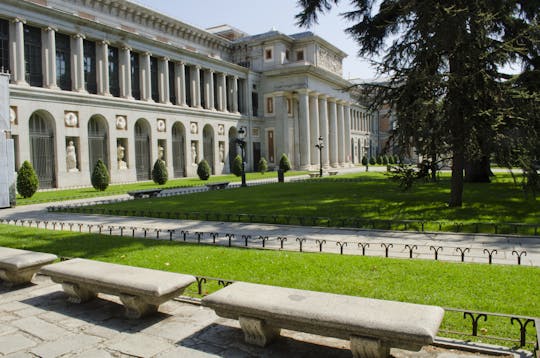 Attractions & guided toursGuided visit of the Prado and Reina Sofía museumsVisit two of the most important Spanish museums in Madrid, Prado and Reina Sofía. Admire the work from some of Spain's finest 20th-century artists.Time : 4 hourE-VoucherFree Cancellation2,421.47 TL 'Since the
Attractions & guided toursGuided visit of the Prado and Reina Sofía museumsVisit two of the most important Spanish museums in Madrid, Prado and Reina Sofía. Admire the work from some of Spain's finest 20th-century artists.Time : 4 hourE-VoucherFree Cancellation2,421.47 TL 'Since the -
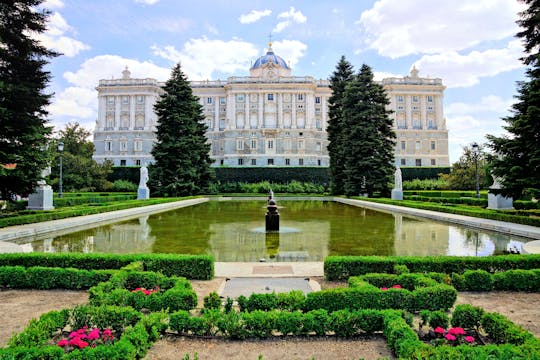 ActivitiesMonumental Madrid tour with Prado Museum and Royal Palace ticketsExplore Madrid with an expert guide and enter the Royal Palace and Prado Museu on this tour with tickets included.Time : 5 hourE-VoucherFree Cancellation2,421.47 TL 'Since the
ActivitiesMonumental Madrid tour with Prado Museum and Royal Palace ticketsExplore Madrid with an expert guide and enter the Royal Palace and Prado Museu on this tour with tickets included.Time : 5 hourE-VoucherFree Cancellation2,421.47 TL 'Since the -
 Attractions & guided toursEntrance tickets to the Prado MuseumBook your tickets for the Prado Museum in Madrid, discover masterpieces by Velázquez, Goya, Mantegna, Raphael, Tintoretto and access all temporary exhibitions.Time : variableE-VoucherFree Cancellation663.11 TL 'Since the
Attractions & guided toursEntrance tickets to the Prado MuseumBook your tickets for the Prado Museum in Madrid, discover masterpieces by Velázquez, Goya, Mantegna, Raphael, Tintoretto and access all temporary exhibitions.Time : variableE-VoucherFree Cancellation663.11 TL 'Since the -
 ActivitiesPrivate half-day highlights tour of Madrid with Prado TicketsBook a private half-day highlights tour of Madrid with Prado museum tickets included. Stroll along the boulevards to see iconic locations including the Plaza Mayor, Palacio Real and the Catedral de la Almudena.Time : 4 hourE-VoucherFree Cancellation14,864.11 TL 'Since the
ActivitiesPrivate half-day highlights tour of Madrid with Prado TicketsBook a private half-day highlights tour of Madrid with Prado museum tickets included. Stroll along the boulevards to see iconic locations including the Plaza Mayor, Palacio Real and the Catedral de la Almudena.Time : 4 hourE-VoucherFree Cancellation14,864.11 TL 'Since the -
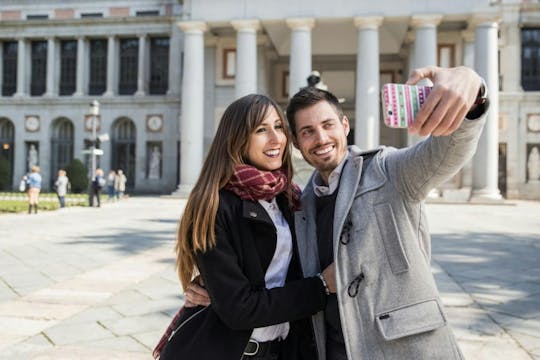 (Deprecated) TUI collectionPrado Museum private tour with local expert guideBook this private tour to discover one of the world's finest collections of European art at the Prado Museum Madrid. Learn about the artwork with an expert guide.Time : 2 hourE-VoucherFree Cancellation2,458.72 TL 'Since the
(Deprecated) TUI collectionPrado Museum private tour with local expert guideBook this private tour to discover one of the world's finest collections of European art at the Prado Museum Madrid. Learn about the artwork with an expert guide.Time : 2 hourE-VoucherFree Cancellation2,458.72 TL 'Since the -
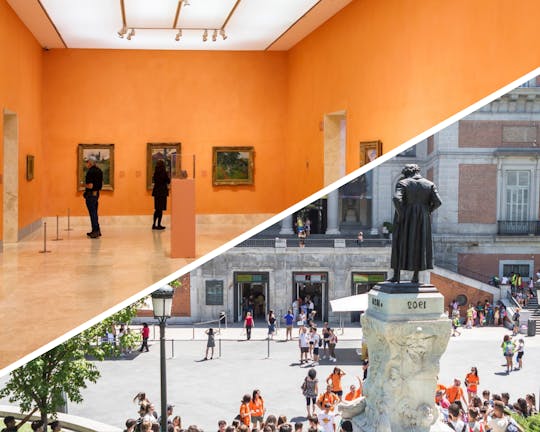 Attractions & guided toursPrado and Reina Sofía Museums Guided Tour and Skip-the-line TicketsEnjoy a guided visit of the Prado and Reina Sofía museums, the best art museums in Madrid. Save time with your skip-the-line tickets!Time : 5 hour30 minuteE-VoucherFree Cancellation3,166.54 TL 'Since the
Attractions & guided toursPrado and Reina Sofía Museums Guided Tour and Skip-the-line TicketsEnjoy a guided visit of the Prado and Reina Sofía museums, the best art museums in Madrid. Save time with your skip-the-line tickets!Time : 5 hour30 minuteE-VoucherFree Cancellation3,166.54 TL 'Since the -
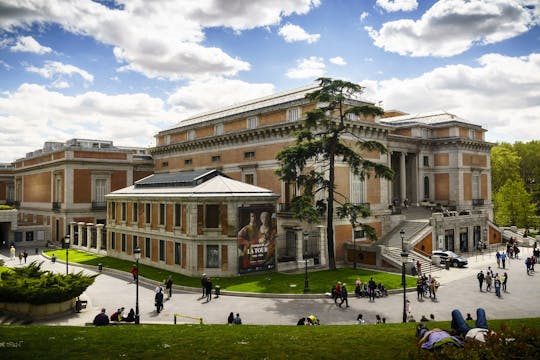 Attractions & guided toursEntrance tickets to the Prado Museum and tour with an expert guideVisit the Prado Museum with an expert guide and discover one of the best museum around the world. Save time with your skip-the-line tickets.Time : 2 hourE-VoucherFree Cancellation1,303.87 TL 'Since the
Attractions & guided toursEntrance tickets to the Prado Museum and tour with an expert guideVisit the Prado Museum with an expert guide and discover one of the best museum around the world. Save time with your skip-the-line tickets.Time : 2 hourE-VoucherFree Cancellation1,303.87 TL 'Since the -
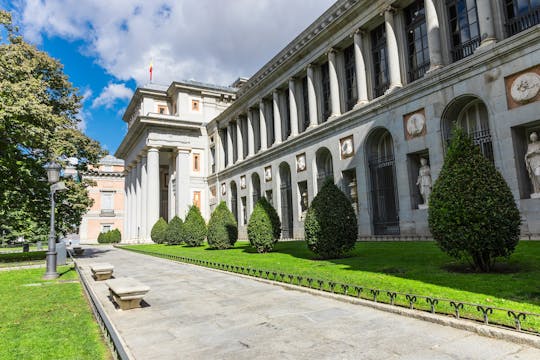 Attractions & guided toursPrado Museum skip-the-line tickets and El Retiro Park guided tourVisit the Prado Museum and save time with skip-the-line tickets. Discover Madrid's central park El Retiro and discover its celebrated monuments and hidden gems.Time : 4 hourE-VoucherFree Cancellation1,490.14 TL 'Since the
Attractions & guided toursPrado Museum skip-the-line tickets and El Retiro Park guided tourVisit the Prado Museum and save time with skip-the-line tickets. Discover Madrid's central park El Retiro and discover its celebrated monuments and hidden gems.Time : 4 hourE-VoucherFree Cancellation1,490.14 TL 'Since the -
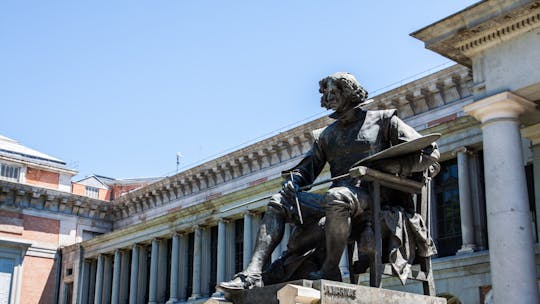 Attractions & guided toursMadrid Prado Museum Ticket and In-App Audio TourImmerse yourself in art and history as you traverse the halls of one of the world's most esteemed museums with an in-app audio guide.Time : 2 hourE-VoucherFree Cancellation1,341.12 TL 'Since the
Attractions & guided toursMadrid Prado Museum Ticket and In-App Audio TourImmerse yourself in art and history as you traverse the halls of one of the world's most esteemed museums with an in-app audio guide.Time : 2 hourE-VoucherFree Cancellation1,341.12 TL 'Since the -
 Attractions & guided toursSmall-group guided tour to the Prado Museum in EnglishBook this Small-group guided tour to Prado Museum in English and enjoy a guided visit with an art historian and discover all the secrets of these famous paintingsTime : 1 hour30 minuteE-VoucherFree Cancellation1,452.88 TL 'Since the
Attractions & guided toursSmall-group guided tour to the Prado Museum in EnglishBook this Small-group guided tour to Prado Museum in English and enjoy a guided visit with an art historian and discover all the secrets of these famous paintingsTime : 1 hour30 minuteE-VoucherFree Cancellation1,452.88 TL 'Since the -
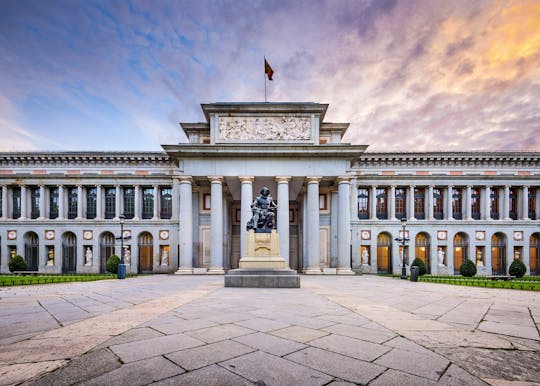 Attractions & guided toursPrado Museum self-guided audio tourVisit the Prado Museum at your own pace with this Vox City app. Let your smartphone guide you through the world's largest collection of Spanish art.Time : variableE-VoucherFree Cancellation130.39 TL 'Since the
Attractions & guided toursPrado Museum self-guided audio tourVisit the Prado Museum at your own pace with this Vox City app. Let your smartphone guide you through the world's largest collection of Spanish art.Time : variableE-VoucherFree Cancellation130.39 TL 'Since the
